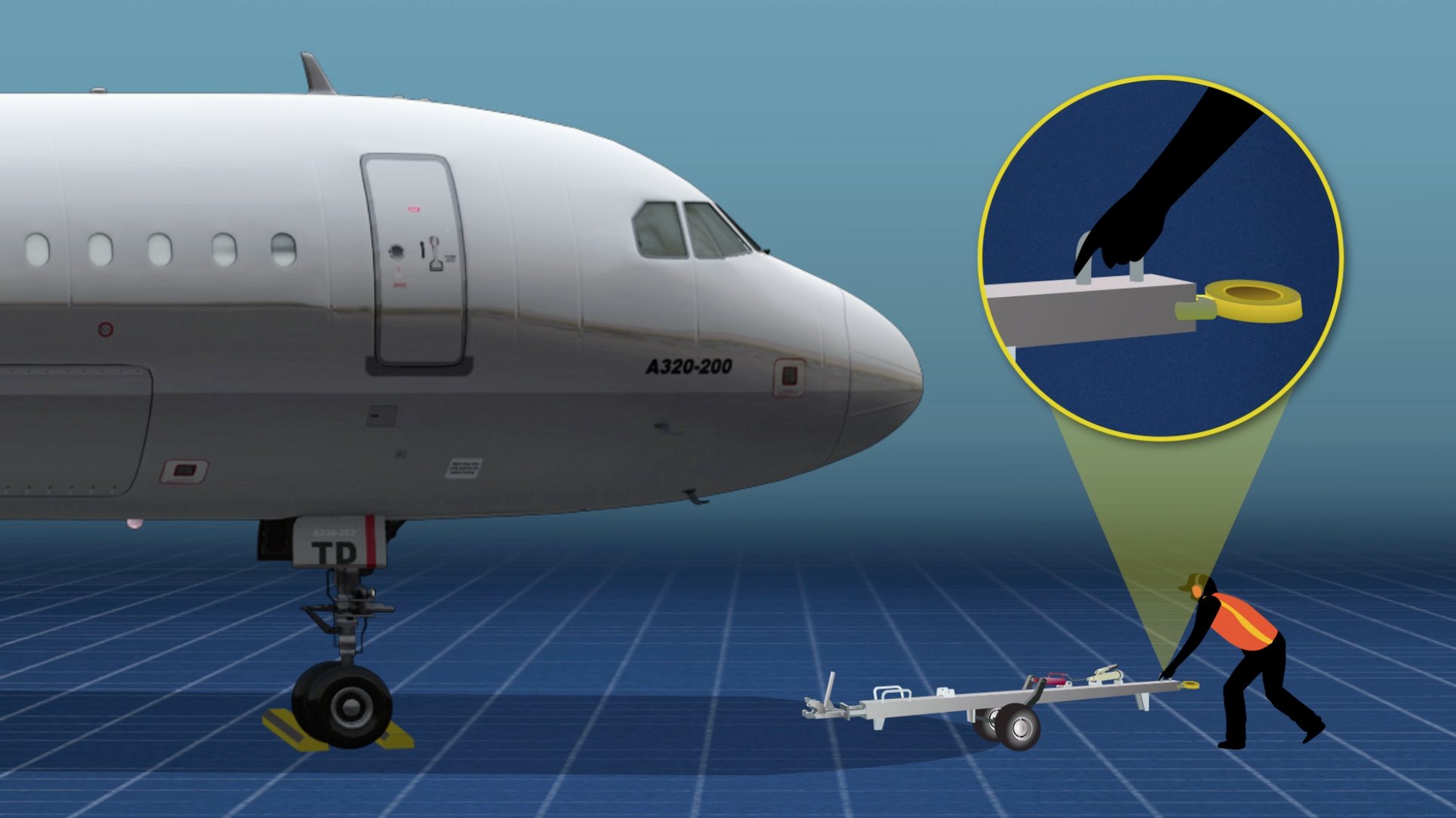
Can Adaptive Learning Save Aviation $12 Billion Dollars a Year?
If you’ve ever been in an airport and gazed out at the ramp, you may have been astounded by the amount of activity taking place. In general, an airline has about 45 minutes to turn a plane around including lavatory servicing, restocking supplies, unloading and loading baggage, and marshaling or towing the plane out of the gate. All of those steps have to be executed with precision for an on-time departure
In this high stakes environment, accidents and mistakes cause delays, aircraft damage, and can lead to serious safety issues. In one example, a Ryanair flight had to make a mid-air U-turn after ground staff forgot to remove luggage from a previous flight. It was more than just embarrassing for the airline, it cost them fuel, time, and annoyed more than just one flight of passengers. In another example, a Southwest Airlines Boeing 737’s nose gear collapsed due to excessive speed during towing. This plane suffered severe damage and had to be taken off the line.
While most ground accidents receive far less, if any, attention—the reality is that these accidents are increasingly common. The Flight Safety Foundation estimates that 27,000 ramp accidents occur worldwide every year, injuring about 243,000 people. That’s nearly one accident per 1,000 departures—or 800 accidents per day.
In addition to injury, ground accidents also severely damage aircraft and delay ground operations, costing the airline industry billions each year. Yes, billions. According to Mike O’Brien, the Director of Program Implementation and Auditing at the International Air Transfer Association (IATA), “eliminating ground damage to aircraft alone would save the airline industry $4 billion annually ($12 billion if the cost of deaths and injuries are added).” In an industry desperate to hold on to razor-thin profits, reducing ground accidents should be a top priority. So, how can airlines improve?
If training is already mandatory, but problems persist, how can airlines improve their training effectiveness?
Training is Clutch
According to Deborah Ann Cavalcante of Diversified Aviation Consulting, training is critical to safe ground operations. She states, “the most significant risk factors for ground damage occur in towing, ramp movements, ground service equipment, and hangar movements. One common thread running through all of these risk areas is a lack of training. Training of employees is paramount to a safe operation.” This isn’t news to the aviation industry, initial training and recurrent training are required for all Ground Operations Agents. The question becomes if training is already mandatory, but problems persist, how can airlines improve their training effectiveness?
Stop Flying Solo
At the moment, each airline publishes its own Ground Operations Manual and creates its own training. This leads to complications and confusion, especially as the industry continues to evolve. With more time pressure on personnel, more congested terminals, and less maneuvering space, a robust, consistent training method is needed to cope with increasing change. Rather than creating new training from scratch, airlines should be utilizing vetted material that can adapt in real-time, to help learners master a consistent, simplified set of procedures for Ground Operation Agents.
Also, most training online and in the classroom utilizes an outdated formula: presenting one-sized-fits-all materials, followed by a short quiz. This type of training doesn’t allow the learner to test real-world scenarios or pursue different learning methods at their own pace. When presented with multiple modes of learning (such as videos, reading, and interactive activities) learners of every style can find a personalized path to mastery.
Make It Data Driven
In the end, what airlines may need most is a way to track training data and measure results—both on the runway and on their bottom line. Data analytics can enable airlines to track outcomes and identify struggling employees before it’s too late.
By aggregating training data alongside incident reports, airlines can better determine whether or not their training is effective in preventing accidents, allowing their profits—and customers—to get off the ground safely.
Fulcrum Labs is here to help. We’ve developed Ground Operations Agent training curriculum and combined it with our personalized, adaptive learning and predictive analytics (PALPA™) platform. Our platform closes learning gaps — like a one-on-one tutor — and arms companies with substantive data. Airlines can see more than just completion data and can now measure the depth and degree to which a concept has been mastered. This innovative technology improves the training effectiveness of compliance training more ensures training is applied.
